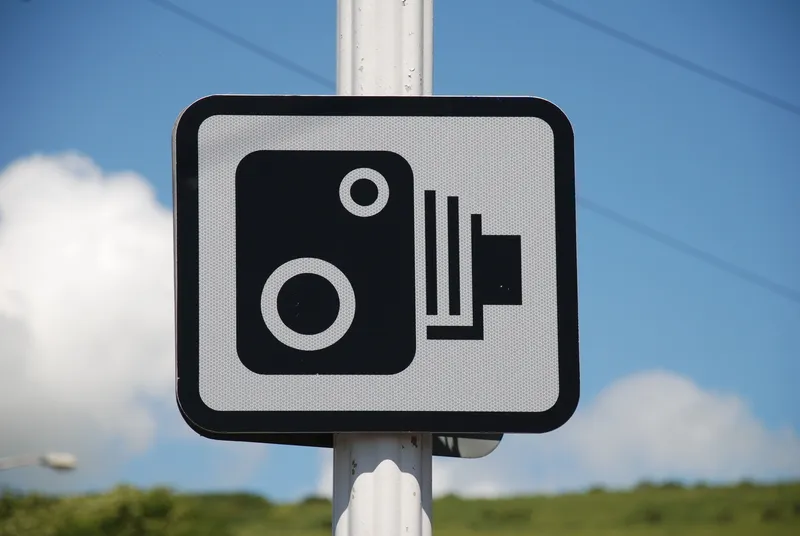
The launch of the US federal government’s comprehensive National Roadway Safety Strategy (NRSS) marks a switch by US transport authorities towards embracing Vision Zero.
The USDoT says it will use a five-pronged model to address safety: "Safer people, safer roads, safer vehicles, safer speeds and post-crash care".
It adds that the NRSS "recognises that reducing traffic fatalities will take sustained and concerted action from everyone across all sectors and all levels of government".
The blueprint for addressing the "national crisis in roadway fatalities and serious injuries", trailed last year following a rise in road deaths, was presented by transportation secretary Pete Buttigieg and is "the first step in working toward an ambitious long-term goal of reaching zero roadway fatalities".
“We cannot tolerate the continuing crisis of roadway deaths in America," he said. "These deaths are preventable."
The new strategy has "significant new funding" from President Biden's Bipartisan Infrastructure Law, he added.
The money includes a new $6 billion Safe Streets and Roads for All programme, hundreds of millions for behavioral research and interventions, and $4 billion in additional funding for the Highway Safety Improvement Program.
“We will work with every level of government and industry to deliver results, because every driver, passenger, and pedestrian should be certain that they're going to arrive at their destination safely, every time," insists Buttigieg.
USDoT says nearly 95% of US transportation deaths occur on its streets, roads, and highways: "While the number of annual roadway fatalities declined for many years, progress plateaued over the last decade and now alarmingly fatalities have risen during the pandemic."
It says the NRSS "provides concrete steps that the Department will take to address this crisis systemically and prevent these tragic and avoidable deaths and serious injuries".
The strategy was developed in coordination with USDoT's Executive Safety Council led by deputy transportation secretary Polly Trottenberg.
The so-called 'Safe System Approach' "acknowledges both human mistakes and human vulnerability, and designs a redundant system to protect everyone by preventing crashes and ensuring that if they do occur they do not result in serious injury or death".
Key measures will be of interest to the ITS community, as they include updates to the Manual on Uniform Traffic Control Devices, a Complete Streets Initiative and speed limit setting.
Leveraging technology to improve the safety of motor vehicles on our roadways, including rulemaking on automatic emergency braking and pedestrian automatic emergency braking, and updates to the New Car Assessment Program.
Investing in road safety through funding in the Bipartisan Infrastructure Law,
"Fatalities due to traffic crashes disproportionately affect communities of colour, people living in rural areas, people with disabilities, and older adults," USDoT says. "Traffic deaths among people who walk or bike are increasing more sharply than for people who drive."
The NRSS builds on and harmonises efforts from across the department’s three roadway safety agencies: the Federal Highway Administration, National Highway Traffic Safety Administration (NHTSA) and the Federal Motor Carrier Safety Administration.
“No longer can we as a society accept traffic deaths as routine," said NHTSA deputy administrator Dr. Steve Cliff.
"Every life lost is a tragedy, and we all can, should, and must do more to change the culture. The National Roadway Safety Strategy and the Safe System Approach offer all communities a roadmap to save lives and reduce injuries."
###









